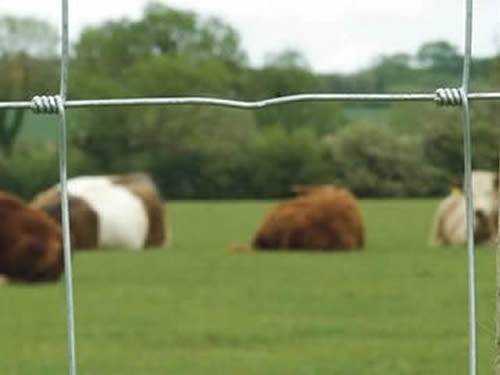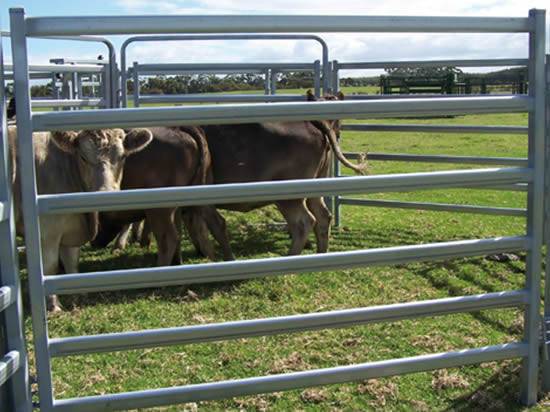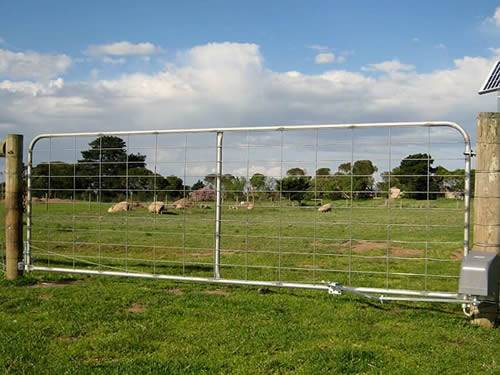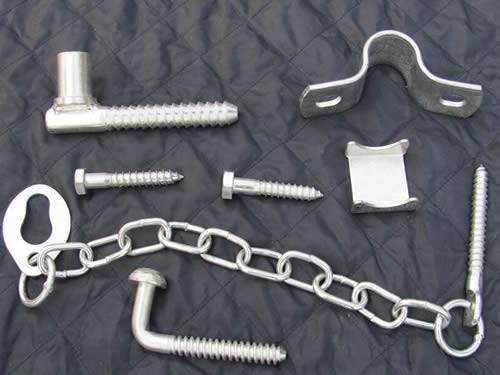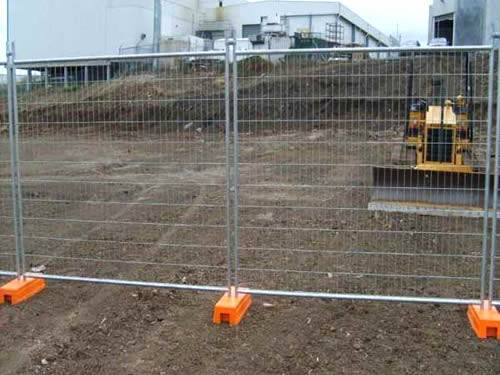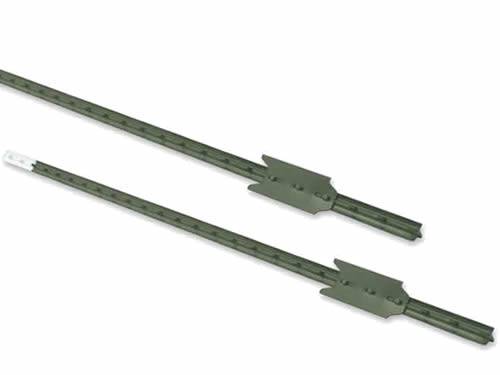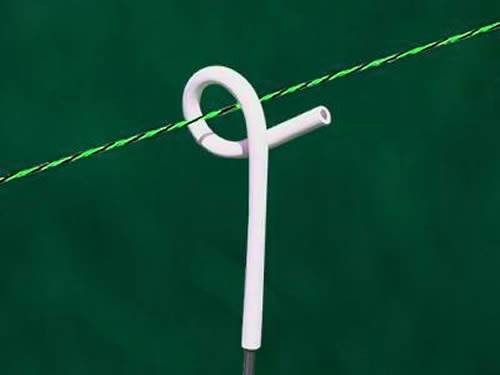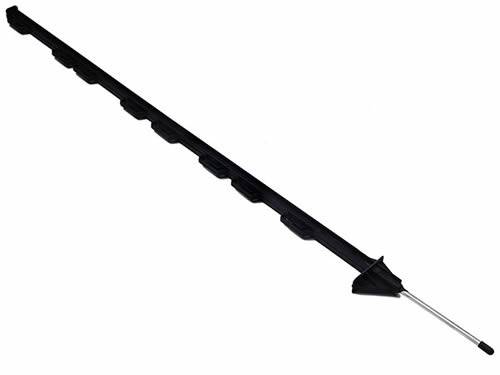Technology
"Our mission is to provide customers with a professionally constructed farm fencing."– Hebei Jinshi Industrial Metal Co, Ltd.
What is the Life Expectancy of a Chain Link Fence?
In this blog, you’ll learn the life expectancy of a chain link fence. Property owners who choose a chain link fence are primarily motivated to secure their property and all that is held within. It could be because of a bad neighbourhood or to ensure their children’s and pets’ safety.
Although not as aesthetically pleasing as wood and metal, chain link fences have become increasingly popular due to their strength, durability, and affordability. When weighing different fencing materials, chain link usually comes out on top from the perspective of practicality and cost-efficiency.
Despite these attributes, many people still wonder how long a chain link fence is expected to last. Before we answer that question, let’s look at the components of a chain link fence:
.jpg)
1. Fence Posts
Typically made of galvanized steel, these posts are designed to stay in place and support the entire structure. Galvanization adds an extra layer of protection which helps prevent rust and corrosion. No chain link fence these days can last without strong fence posts.
2. Top Rail
The top rail is also made of galvanized steel and helps to keep the chain link fence taut across its length. The design concept here is to keep the fence from sagging over time.
3. Chain Link Mesh
The wire mesh, is likewise created from galvanized steel strands woven in a diamond pattern. Some fences use a vinyl-coated material, which provides additional protection against rust and corrosion. Vinyl also adds some aesthetic appeal to the fence.
4. Tension Bands and Tie Wires
These keep the chain link fabric firmly attached to the posts and rails, respectively. They also help create tension across the entire structure of the fence.
5. Gate
A chain link gate is used as an entrance into a yard or to keep children and pets safely inside. The gate serves as the entrance to the property and should be of good quality since it’s constantly in use.
These components work together to create a sturdy structure that withstands harsh weather conditions. Accordingly, the life expectancy of a well-maintained chain link fence is 20-30 years.
However, some factors will affect the longevity of your fence.
.jpg)
Extreme Temperature
A chain link fenceexposed to intense sunlight or extreme temperatures will degrade faster than one with some shade and protection from the elements. The reason is that galvanization will ultimately wear away over time, leaving the metal susceptible to corrosion.
Saltwater
If your chain link fence is close to salt water, it’ll likely corrode faster than one away from a body of saltwater. Saltwater accelerates the oxidation process, leading to rust and corrosion. To remedy this, you can apply an epoxy coating to protect the metal from saltwater damage.
Human Activity
Fences overly exposed to human activity will suffer from more wear and tear than a fence with less foot traffic. Activities such as children playing on the fence or people leaning against it will cause some components to break down sooner. Putting a heavy strain on the fence will cause the metal to break down faster. Climbing is a big NO as it can damage the fence and make it less secure. Unlike a steel or wood fence, a chain link variety is not designed to withstand extra weight.
Natural Occurrences
Natural occurrences, i.e., wind, snow, and rain, will also affect the fence’s components. your job is to check your chain link fence annually, repair any broken components, or tighten the wire mesh if needed.
And if your fence is located near trees or plants, it’s suggested you trim them back to avoid damage from branches.
Most Fence Common Repairs
The most common repairs for chain link fences include tightening or replacing the wire mesh, patching any holes in the fabric, and replacing corroded posts. If your fence is older, consider coating it with epoxy to preserve its longevity.
The wire mesh is susceptible to loosening because of the way it’s woven together. If you notice any looseness in the fabric, it’s best to re-string it as soon as possible to prevent further damage. It’s not like you’ll need an expert to do this maintenance task. Grab some pliers, and you’re good to go.
Damaged and loosened wire mesh may not appear as an immediate concern, but if you hope to extend the life of your chain link fence, it’s best to fix them as soon as possible.
Meanwhile, a hole in the fabric may appear due to human activity or a rusty post. If the hole is small enough, use galvanized wire mesh to patch it up, but if it’s bigger than two inches in diameter, you’ll want to replace the section with new wire mesh. Again, this job doesn’t require much skill or effort.
Corroded posts must be addressed the soonest as well. If the post is beyond repair, replace it with a new galvanized steel post or one coated in epoxy for protection from saltwater. You probably don’t realize it, but corrosion quickly weakens the integrity of the entire fence. And when that happens, the lifespan of your chain link fence is cut significantly.
Adding Vinyl Is More Than Just Aesthetics
Adding vinyl in chain link fences is becoming a common practice and for good reason. Vinyl-coated fabric provides extra protection against weather and other elements that could cause corrosion. It also adds a little bit of aesthetic appeal to the structure. It allows for additional colour options, thereby addressing the typical downside of having a bland fence.
One downside is that vinyl can get brittle over time. You may need to replace it depending on how often it’s exposed to extreme temperatures or sun. But remember this: an added layer of vinyl doesn’t compromise the fence’s structural integrity in any way. So, if you’re willing to invest a bit more money, it may be worth the added layer of protection.
Other similar articles:
A Breakdown Of All The Chain Link Fence Parts
The benefits of Chain link fence

